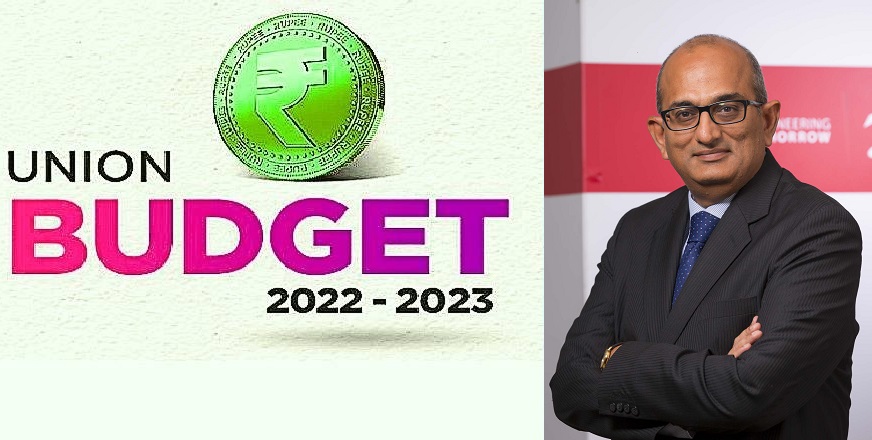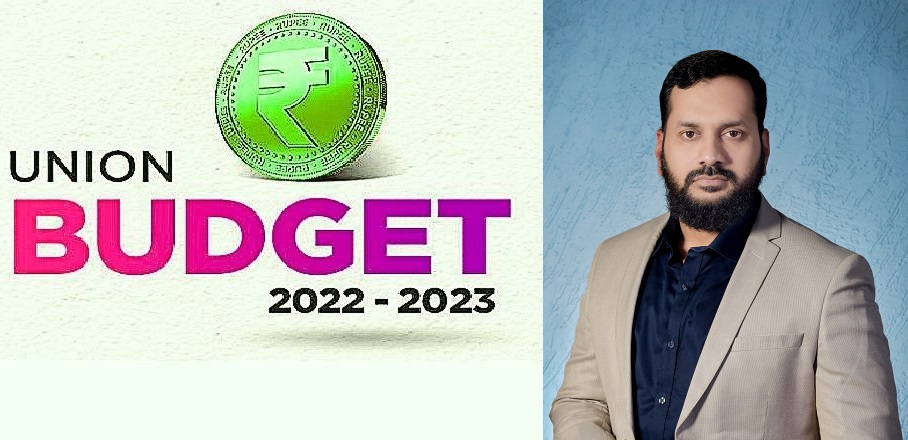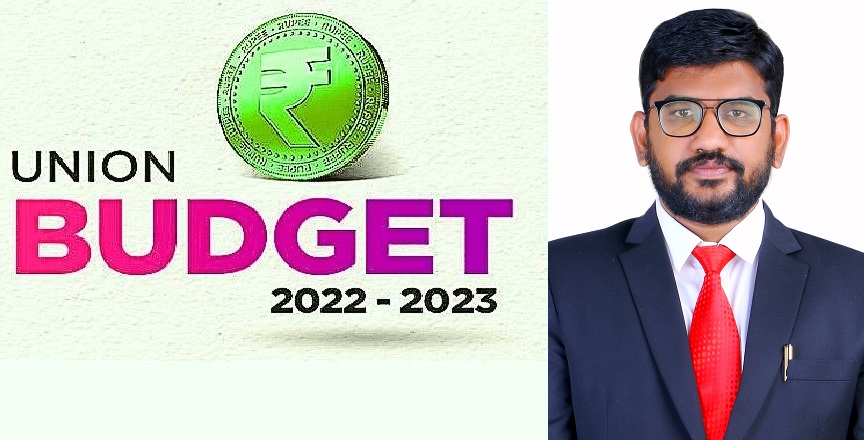Response by: SUBHASH SETHI, Chairman, SPML Infra Limited
There is a growing recognition about the need to make water management a mass movement in the country. Government of India is publicly talking about it and has taken the initiative under the Jal Jeevan Mission Scheme. It is clear that the holistic and sustainable benefits of efficient water management with proper infrastructure support do offer an opportunity.
But there is also the challenges involved of how to enable a transition from government owned-government run system to public owned-public run system. We know that so far, Jal Jeevan Mission has been able to connect millions of rural households with tap water connection and there are still several million more households to be connected in the country.
2021 was a roller-coaster year and we all have experienced the impact of the pandemic in terms of physical and emotional well-being, economic upheavals, and disruptions in construction activities along with other disparities. It has prompted individuals, businesses and governments to be agile and resilient to adopt a new normal while saving resources for sustainability. Water being a State subject, steps for augmentation, conservation and efficient management of water resources are primarily undertaken by the respective State Governments. Government of India in partnership with all Indian states is implementing the ambitious Jal Jeevan Mission (JJM) to provide Har Ghar Jal. The program that envisage providing clean potable water in adequate quantity of prescribed quality on long-term basis to every rural households including tribal areas of the country through functional tap water connection by 2024. The mission has been progressing well and it has achieved the task of connecting over 56.61 million rural households with drinking water supply in less than two and half years’ time since its launch in August 2019.
This Union Budget 2022-23 presented today by the Hon’ble Finance Minister of India has echoed the sentiments to boost the economy while providing motivation to infrastructure sector including drinking water supply, irrigation, river-interlinking, groundwater development, waterways, renewable energy, smart cities, wastewater management & sanitation, airport, roads & railways sectors among others.
The outlay of ₹60,000 Crore for Jal Jeevan Mission to cover 38 million more households in 2022-23 is a welcome move as it will help to expand the network of rural tap water connections making clean drinking water available to millions of more people than what we have currently. At SPML Infra Limited, we are happy with the allocation as we are already a part of the Jal Jeevan Mission scheme and developed a number of projects in different states that has been able to provide safe water to people. I am happy that the commitment of our Hon’ble Prime Minister of providing “Har Ghar Jal” is progressing well. In fact only the last month, he has inaugurated a project completed by SPML Infra Limited under the Jal Jeevan Mission in Manipur.
India is moving forward with a conviction to resolve the water issues and to streamline water distribution system in several regions, the fund of ₹44,605 Crore has been allocated for the Ken-Betwa river linking project. As the Finance Minister described, it will help to provide drinking water facilities to 62 lakh people as well as providing better irrigation to 9 lakh hectares of land while supporting the generation of 103 MW of hydro power and 27 MW of solar power. At SPML Infra, we know that the project will bring a big difference in people’s lives and agriculture yields as we have been part of the progress of such a large project in Gujarat called as Saurashtra-Narmada Avataran Irrigation Yojana (Sauni Yojana), which is quite successful in its target.
The allocation under Swachh Bharat Mission (Rural) of ₹9,994 Crore and ₹2,300 Crore for Urban, AMRUT Scheme with ₹7,300 Crore, National Mission for Clean Ganga for ₹600 Crore, Major & Minor Irrigation Projects of ₹4,904 Crore along with other urban infrastructure development projects will certainly be a game changer in the water sector in India. The linking of five rivers including Damanganga-Pinja, Krishna-Godavri, Krishna-Pennar, Pennar-Cauvery, Par Tapi- Narmada is going to have a long term impact on water sustainability initiatives in the proposed regions.
I feel that the measures announced with matching grants for the water, wastewater and other infrastructure development along with other plans will prove to be beneficial for the country and it will sure help in the long run towards creating a $5 trillion economy in the future.
For regular updates on Water & Wastewater magazine subscribe to our newsletter





